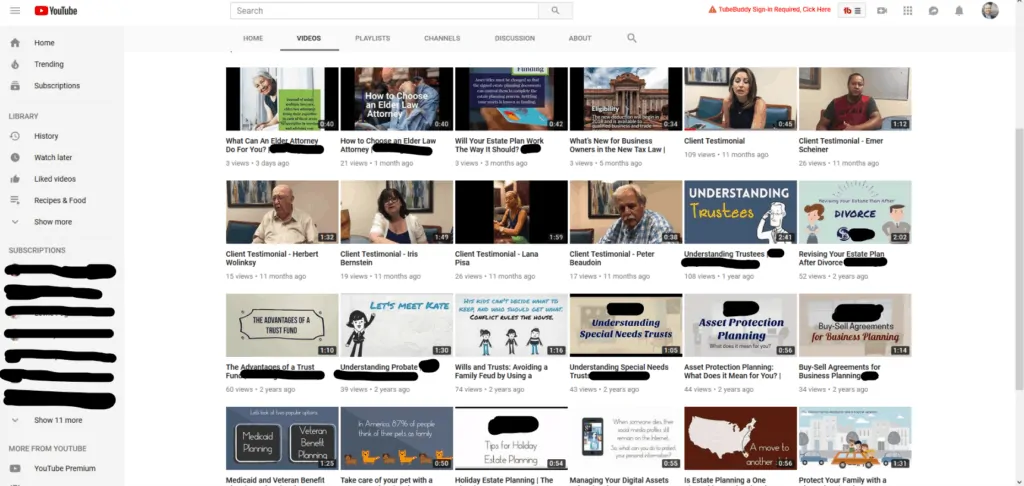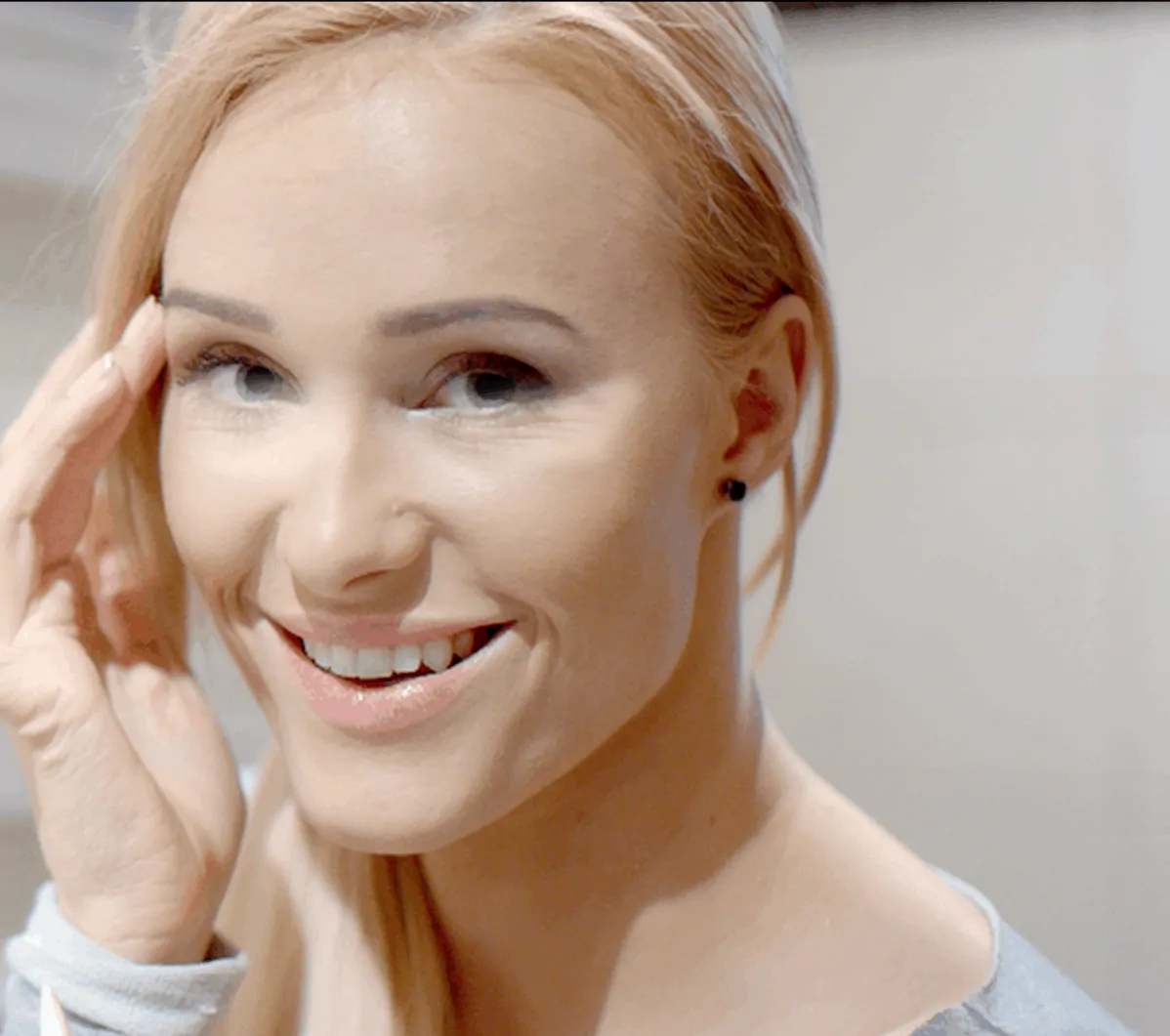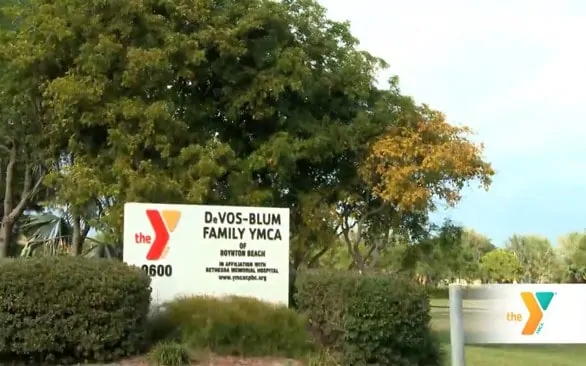Whether you’re looking for a short informational video or a longer About Us/Corporate Story video, there are several factors that can impact success. One factor is the agency or production company you hire. There are several ways to determine whether a video production company is worth engaging with. If you’re genuinely interested in learning more, we’re sharing the top 6 qualities a great video production company should have before you decide to hire them.
Qualities to Look For When Deciding on a Video Production Agency
Professional Portfolio
Before you do anything, look at their work. Does it match your style? Do they have a variety of styles or just one look? Just because there’s one look, it doesn’t mean they can’t do more…and if they have several styles, it doesn’t mean they can’t create the visuals you want. Dig deep into their portfolio (and don’t forget about looking at their social media pages). For example, you’ll need to look at our Vimeo Page to see more work (updating a website can be a little time consuming). Don’t let that sizzle reel excite you too much. What you need to see is how did it help the client? Did they get what they needed or did they just get a wow video that didn’t perform. Sometimes, its the straight-forward video that produces the most results. Other times, its the short, flashy video, and other times its the longer drawn-out video that performs. Ask the agency why it worked for the client.
Deadlines
Deadlines drive everything. There are a few ways you can tell if they can hit a deadline or not. First, do they return your calls in a reasonable amount of time? We’ve been told countless times that we’re the first to call back after they’ve called several agencies. When you call, does someone pick up? If not, how quickly do they call you back? How long does it take to get a response from an online form? These are all simple ways you can tell if an agency is time conscious or not. Obviously accidents happen and schedules get crammed, but communication becomes the key when scheduling conflicts arise…how well do they communicate when there’s an issue related to time?
The Creative
You can find several videos out there that follow the same format. That’s fine if you want to use a tried and true format to get the job done, but if you want something different, can you find a video that does the same thing, only in a different way? For example, a construction company wanted a simple, “Here’s a sample of our work” video, only we worked to make it more than that. We wanted it to have an HGTV vibe so that people will want to watch the video to the end. Here’s what resulted:
Testimonials
When you do your research on a Video Production Company, do they have Google Reviews? More importantly, do you know any of the people who did a review? If so, call them! Ask about the production company’s communication skills. If you don’t know any of them, do you feel comfortable reaching out to them cold? Just giving them a call and saying, “Hey, I was interested in working with XYZ Company…how was your experience?” Then listen! If you’re not comfortable doing that, do you feel comfortable with what the written word says? Next step, use that information to ask the production company about that project: What did the client want? What did they do to help them? How did you arrive at the finished video? Can I see the finished video?
Expectations
Knowing next steps is critical to a successful process. When you first speak to the production company, do they clearly identify your next steps before beginning to work together? Do you know how the process will work? They should describe the overall process with you so you understand everything involved in the process. This should include timelines as to when things can be finished and what the client can do to speed it up or slow it down. Remember, it may be tempting to ask about their editing software or what cameras they use, but in the end, did they get the work done and did they meet or beat expectations?
BONUS: Passion about the Work!
One of the things you’ll notice right away at Plum is that we have a passion for creating something fun for your business. Fun and different should be a part of every video production process. We look for ways to make it fun and different. If you want to pull it back a little, no worries! We don’t mind… but we think you’re looking for a creative edge, so we’ll look to provide that to you first.
If you think we should talk because you’ve done your research and have decided to let Plum be a part of your search to complete your video production project, Give Us A Call! or Drop us a line!
Source: https://www.digitalbrew.com/7-qualities-to-look-for-in-a-video-production-agency/





















